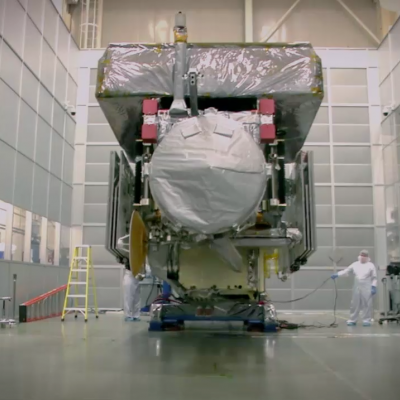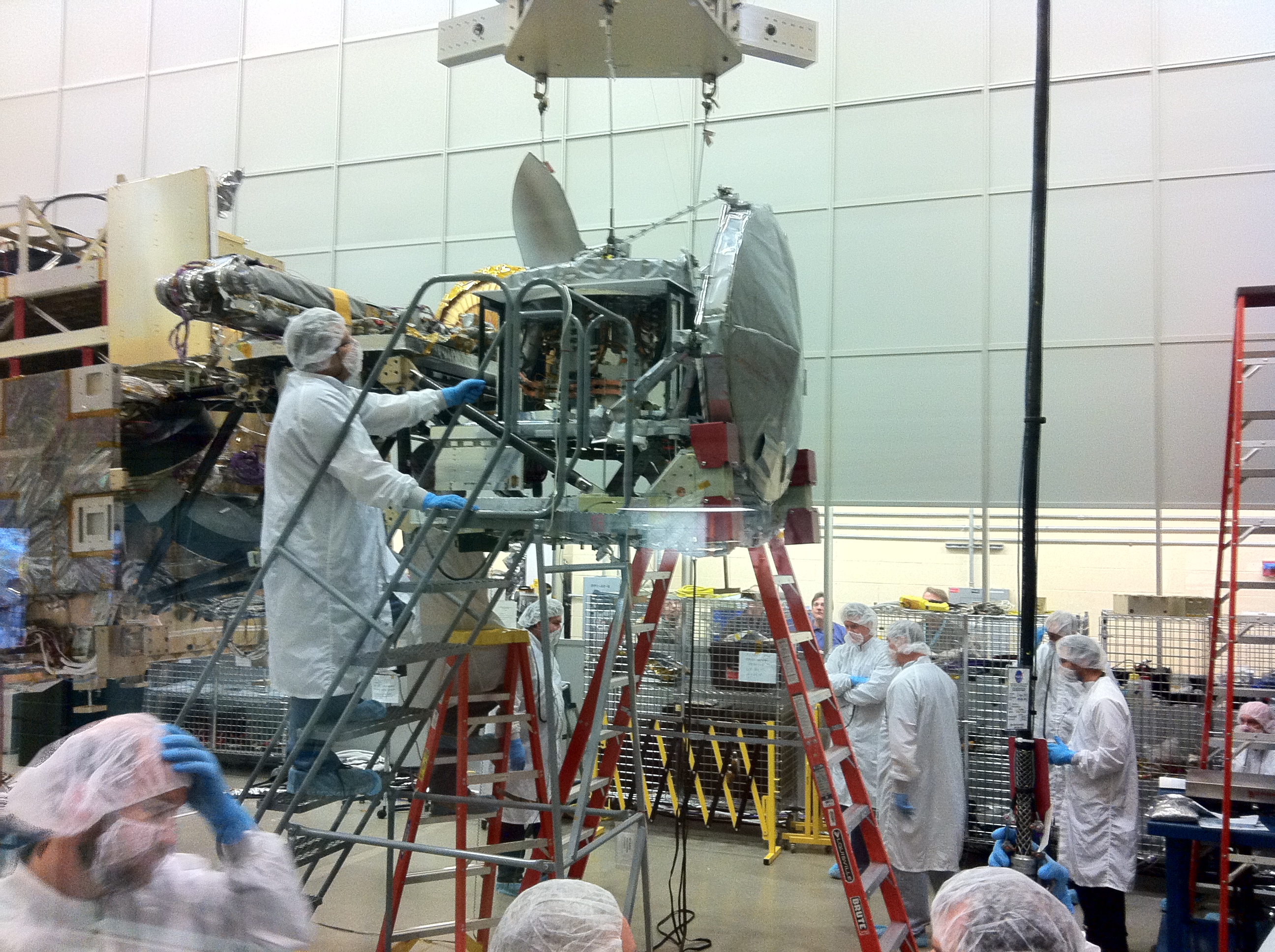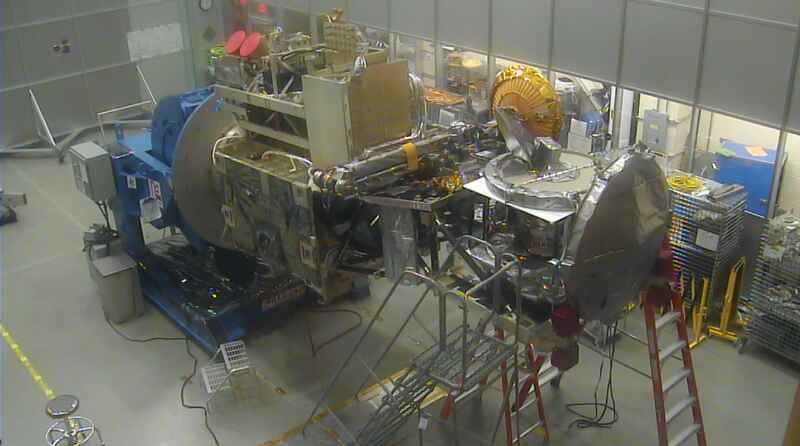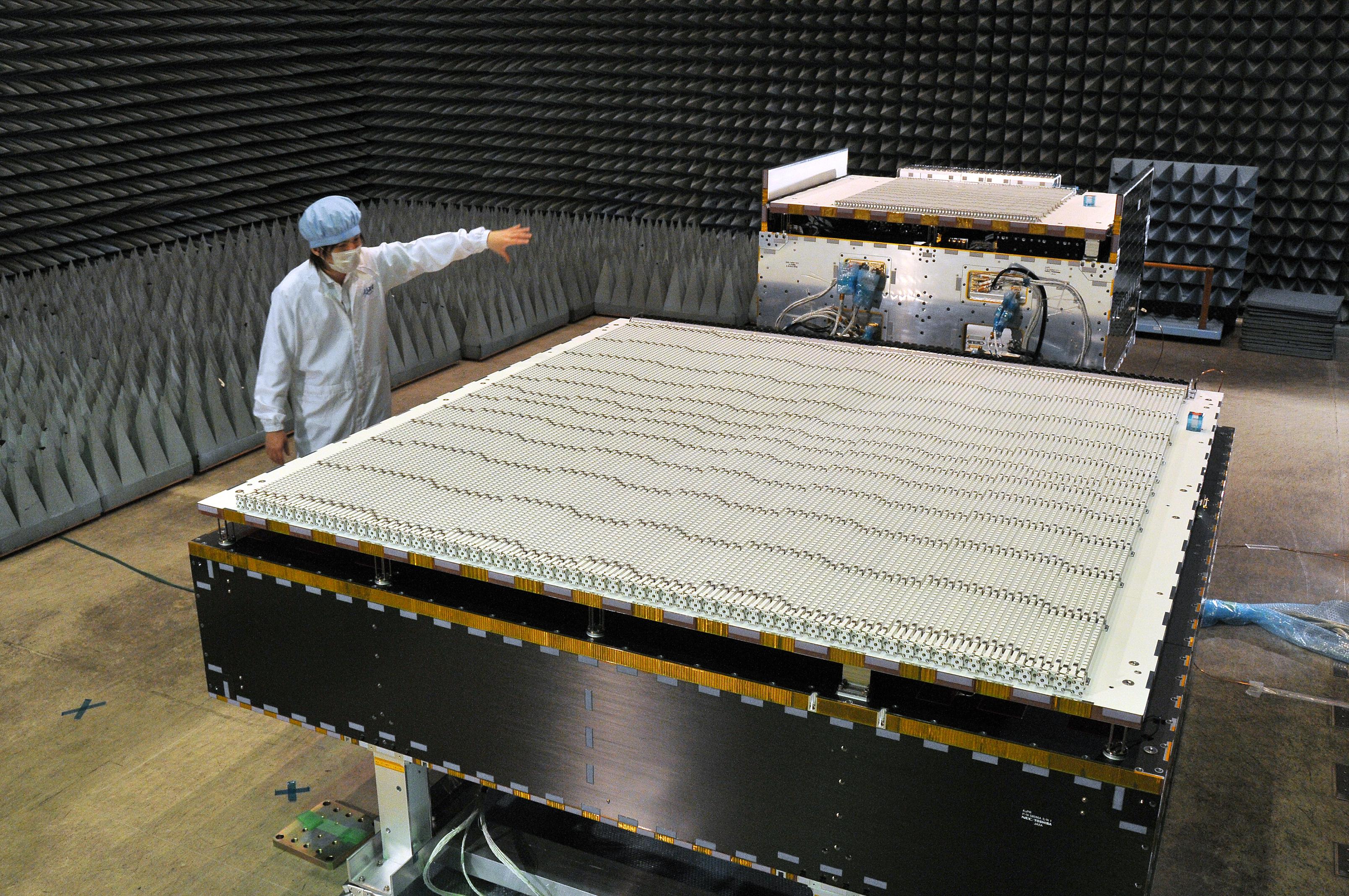GPM: Engineering Next Generation Observations of Rain and Snow
For the past three years, the Global Precipitation Measurement (GPM) Core Observatory has gone from components and assembly drawings to a fully functioning satellite at NASA's Goddard Space Flight Center in Greenbelt, Md. The satellite has now arrived in Japan, where it will lift off in early 2014.








